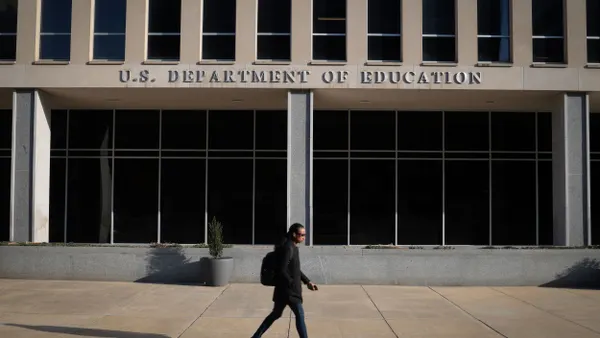Dive Brief:
- With the Every Student Succeeds Act (ESSA) calling for a more well-rounded education, schools are adjusting their approaches to physical activity with a new focus on individual activities that students can carry with them after they graduate.
- States are responding with a variety of strategies, such as having students create fitness plans, using tools such as FitnessGram to track progress toward fitness goals and teaching "physical literacy."
- As best practices change and innovations to physical education take place, schools also need to consider including professional development opportunities for physical education in their training plans.
Dive Insight:
Over the past decade, physical education programs in many schools have dwindled as the focus on core content and accountability for academic performance has increased. But now ESSA's attention to a more well-rounded approach to learning gives states the opportunity to reimagine the place that physical education holds in the school day.
It may seem counterintuitive to believe that allowing students more time to move and play will improve academic performance, but it is true. A recent study in Minnesota showed that including more physical activity during the day improved reading and math scores as well as increasing school attendance rates. Healthier students become healthier adults and this can increase not only attendance at school, but create good work habits in the future.
The focus on physical activity has never been more important. Technology has not only changed the face of education in recent years, but it has changed lifestyles as well. Students are not running and playing outside as they did in past generations, but spending a lot of time staring at screens and engaging with technology in primarily sedentary settings. Schools can teach students how to move again and to incorporate physical literacy into their everyday lives.





 Dive Awards
Dive Awards





